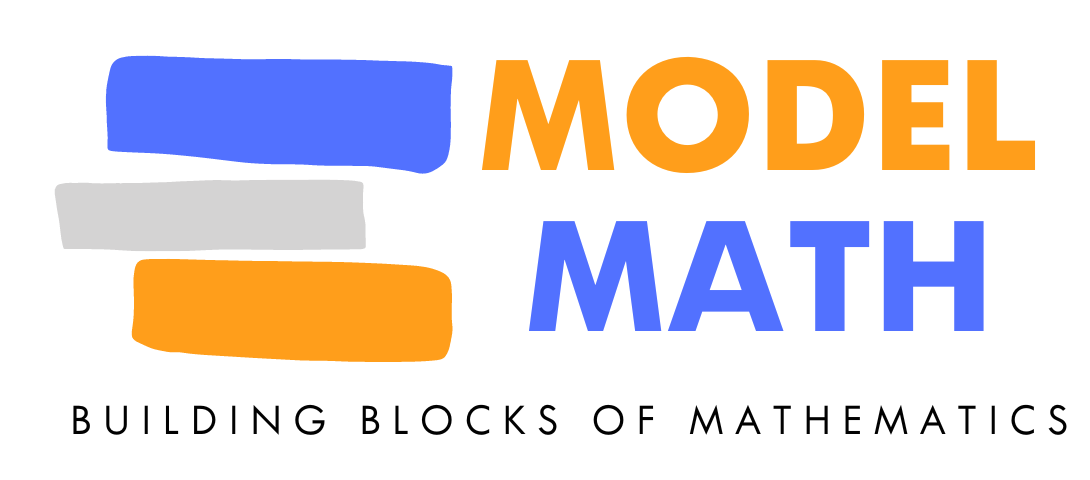We at Matrix Math and Model Math have curated a comprehensive list of frequently tested primary 6 heuristic concepts to assist students in comprehending the fundamental building blocks that constitute complex heuristic problem sums. By mastering the concepts featured in our series of educational videos, we are confident that students can significantly enhance their mathematical proficiency and excel in this subject. We aim to provide weekly updates to this page, so please visit us regularly for new learning materials.
Primary 6
Math Tuition Lesson 5
Overlapping figures involving ratio
Solving ratio problem sums involving overlapping figures is an essential skill for students in P5 and P6 exams. It is a common way for schools to test students’ understanding of ratios and proportions. To help students master this skill, this video will provide a simple step-by-step guide to help them understand the mechanics of solving ratio problem sums involving overlapping figures.
Ratio, group unchanged
Yenni has 25% more stamps than John. If Yenni loses 676 stamps, she will have 1/6 as many stamps as John. How many stamps do they have altogether?
Math Tuition Lesson 6
Ratio, Difference Unchanged
The ratio of the amount of money John had to the amount of money Peter had was 4 : 7. After each of them spent $28, the ratio became 3 : 7. Find the amount of money John has now.
Ratio, total unchanged with scenarios
John and Peter had some apples. If John gives away 12 apples, the number of apples John had to the number of apples Peter has will be 3 : 5. If Peter gives away 12 apples, John will have 3 times as many apples as Peter. How many apples did they have altogether?
Ratio, All Changed (unites and parts)
Math Tuition Lesson 7
Proportion External Transfer
Peter and John had $510 altogether. Peter gave 40% of his money to his father and John spent 75% of his money. They then had an equal amount of money left. How much money did Peter give to his father?
Proportion and Quantity External Transfer
Proportion External Transfer all groups changed
Math Tuition Lesson 8
Proportion External Transfer, begin with difference
Box A had 48 kg more rice than Box B at first. After John used 1/3 of the rice in Box A and 1/4 of the rice in Box B, Box A had 17 kg more rice than Box B. How much rice was there in Box A at first?
Proportion Internal Transfer
Math Tuition Lesson 9
Difference concept
John has $60 and Peter has $11 in their respective bank accounts. Every day, John deposits $7 while Peter deposits $14. In how many days will Peter have $21 more than John?
Proportion Internal Transfer, begin with difference
Math Tuition Lesson 10
Percentage involving discount and GST
Percentage involving change
Math Tuition Lesson 11
Angles Applications
Angles Applications
Angles Applications
Math Tuition Lesson 12
Circle application Area of petal
Circumference of circle application
Math Tuition Lesson 16
Speed involving comparison of quantity
Peter and Amber started walking from the same place but in opposite directions along a straight road. After walking for 3 hours, they were 8 km apart. Amber’s average walking speed was 1 km/h less than Peter’s. Find the distance that Peter covered.
